OpenSRP in Malawi: empowering facility health workers for better health outcomes
The Malawi eRegister Project is a new initiative to digitize the Bilira Health Center in Ntcheu district–Malawi to improve health outcomes through optimization and improvement of health service delivery. Ona helped to customize, develop, and launch the OpenSRP solution, which aims to streamline workflows by digitally tracking clients and their current health status. Health workers are using
Ona, WHO, and CEMICAMP publish paper on the systematic process of transforming ANC guidelines into a reference mobile app
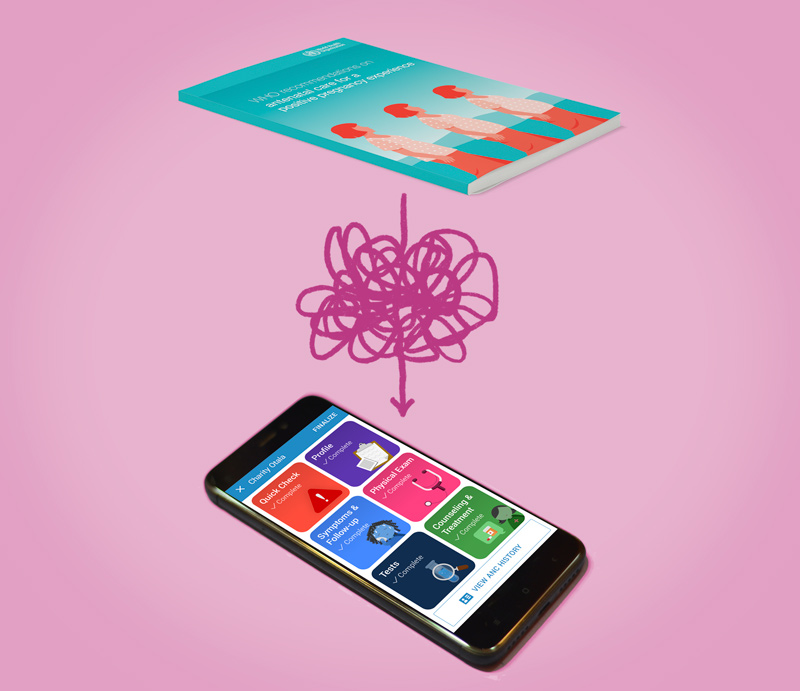
Ona, WHO, and CEMICAMP recently published Building a Digital Tool for the Adoption of the World Health Organization’s Antenatal Care Recommendations in the Journal of Medical Internet Research. The paper discusses the iterative process our teams took translating the WHO recommendations on antenatal care for a positive pregnancy experience into a reference mobile application built on top of OpenSRP.
How We Launched a COVID-19 Public Messaging Effectiveness Dashboard with UNICEF in Two Weeks
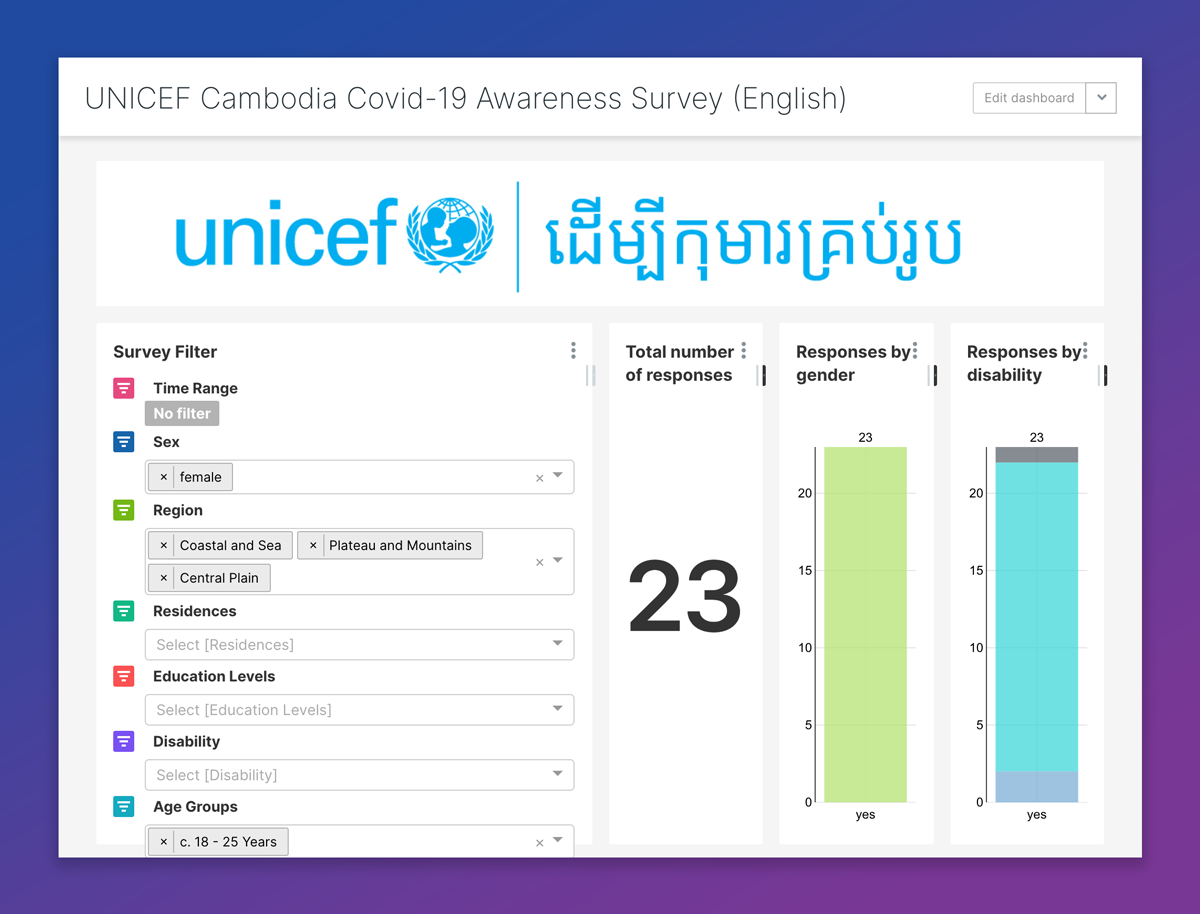
The COVID-19 pandemic poses new and unique challenges to governments and development organizations engaged in public health across the world. On a project supported by the Government of Japan, UNICEF Cambodia is assisting the government and other partners’ responses to the pandemic through Risk Communication and Community Engagement (RCCE) messaging, helping to educate the public
Developing Android libraries that are easy to use - Part 3: How to do it technically
This is Part 3 of the series Developing Android libraries that are easy to use. You might want to start by reading Part 1 and Part 2. With this post, I am going to get to the point and state dos and don’ts on how to actually write the source code. 1. Changes in public APIs The APIs available
Developing Android libraries that are easy to use - Part 2: Common mistakes to avoid
This is Part 2 of the series Developing Android libraries that are easy to use. You might want to start by reading Part 1. This post is basically the inverse of the previous post. Here we discuss what not to do / what to avoid. 1. Documentation location The following are the don’ts for documentation location: Don’t
Developing Android libraries that are easy to use - Part 1: Make the library conventional
We more often than not re-use code when developing software. For code to be reused when working in Java, we can package it into classes, packages, modules (read gradle-modules), or an artifact. In Java, we call these artifacts JARs while in Android they become a bit more complicated and independent to become AARs. AARs contain drawables, strings, layouts, values, assets and even the AndroidManifest.xml. However, to truly re-use the code
OpenSRP included in John Hopkins List of Leading Digital Solutions for Covid-19 Response
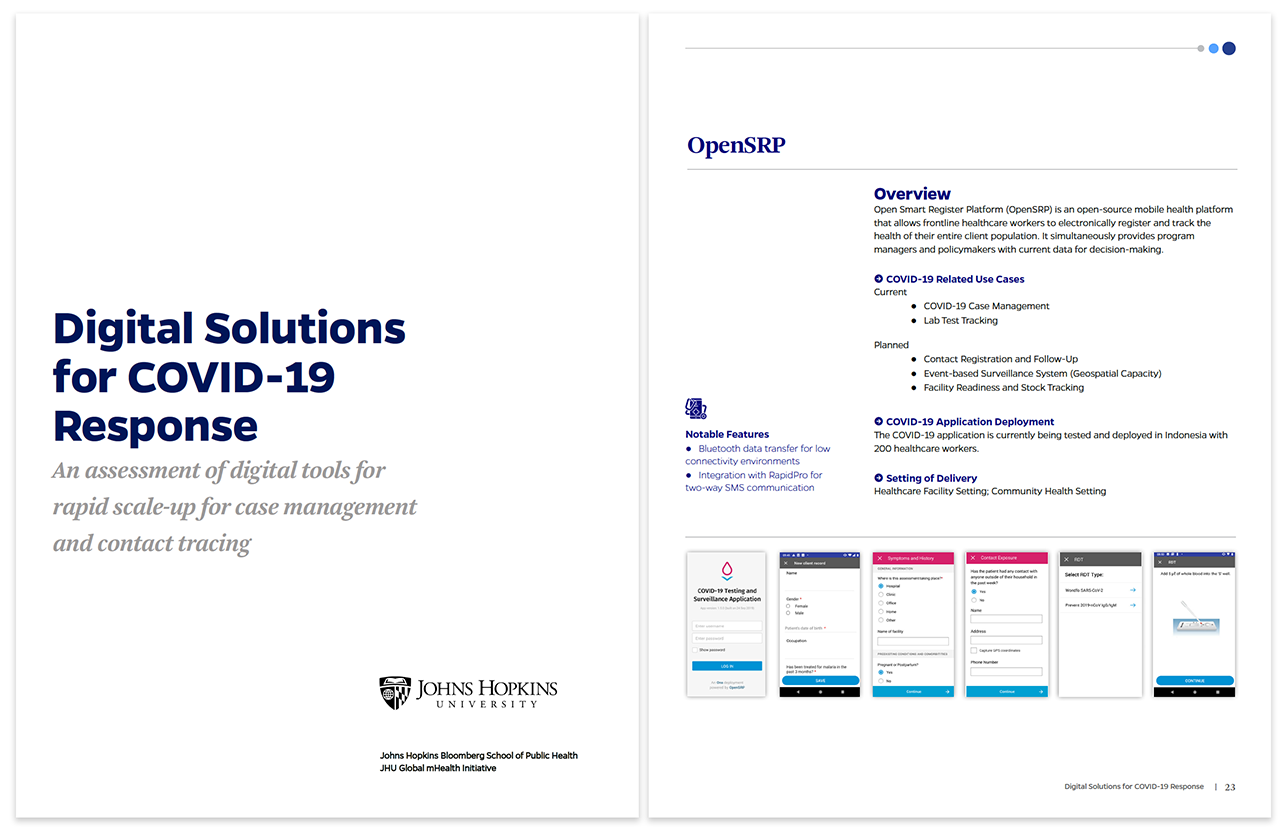
From the early days of the coronavirus pandemic, we’ve been doing what we can to help and watching in awe at the work and dashboards from Johns Hopkins. Accordingly, we were incredibly honored to find OpenSRP listed as a notable digital solution for COVID-19 Response in a recent asesssment from Johns Hopkins Global mHealth Initiative and the Bloomberg School
Setting Up a Multi-Container Development Environment with Docker
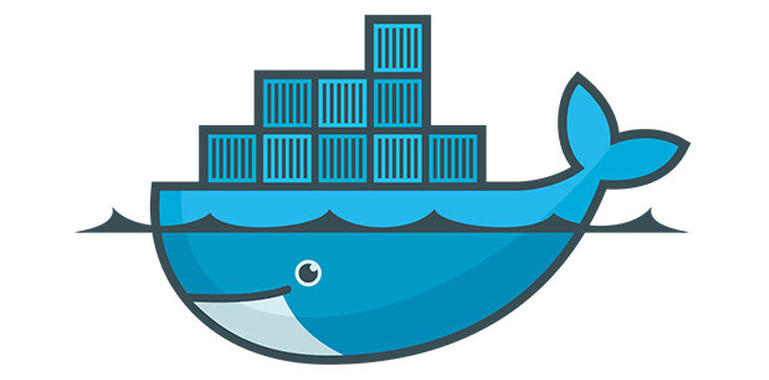
In this post we will set up a development environment for an application that will be using multiple Docker containers.
Ona's COVID-19 Response
To do our part in slowing the spread of SARS-CoV-2, we are closing our Kenyan offices effective March 14th and initiating a mandatory work from home policy. As a company working in public health, we feel it is critical for us to begin the practice of social distancing to help reduce the impact of COVID-19 on our
Rails Girls Kenya - Mega Workshop
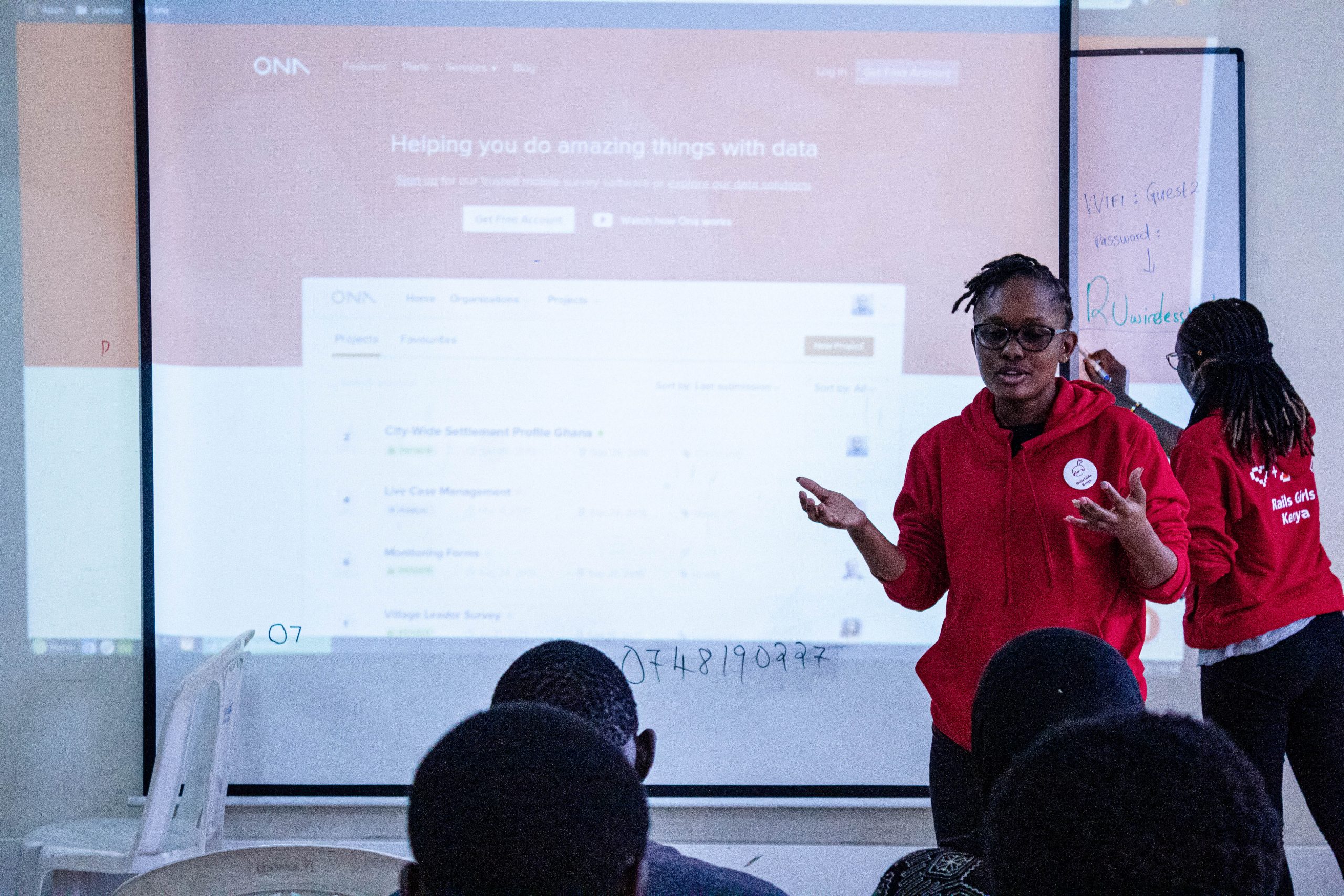
On March 7th we were proud to partner with Rails girls Kenya in hosting a successful Rails Mega workshop which was held at Riara University. The one day workshop saw over 50 learners come together to build their first Rails application from scratch with the help of amazing Ruby coaches.

